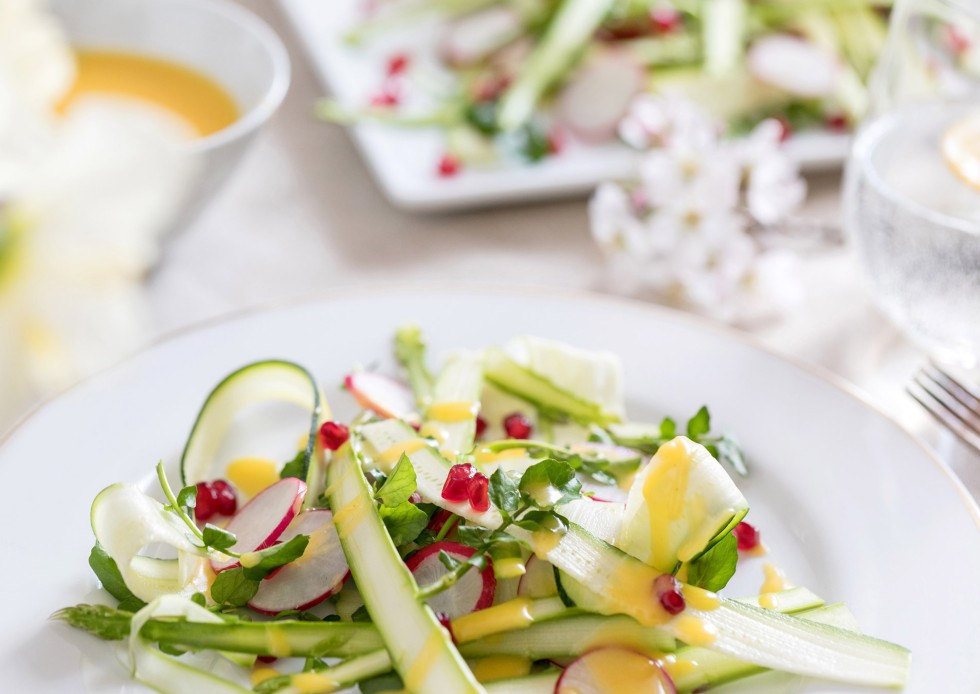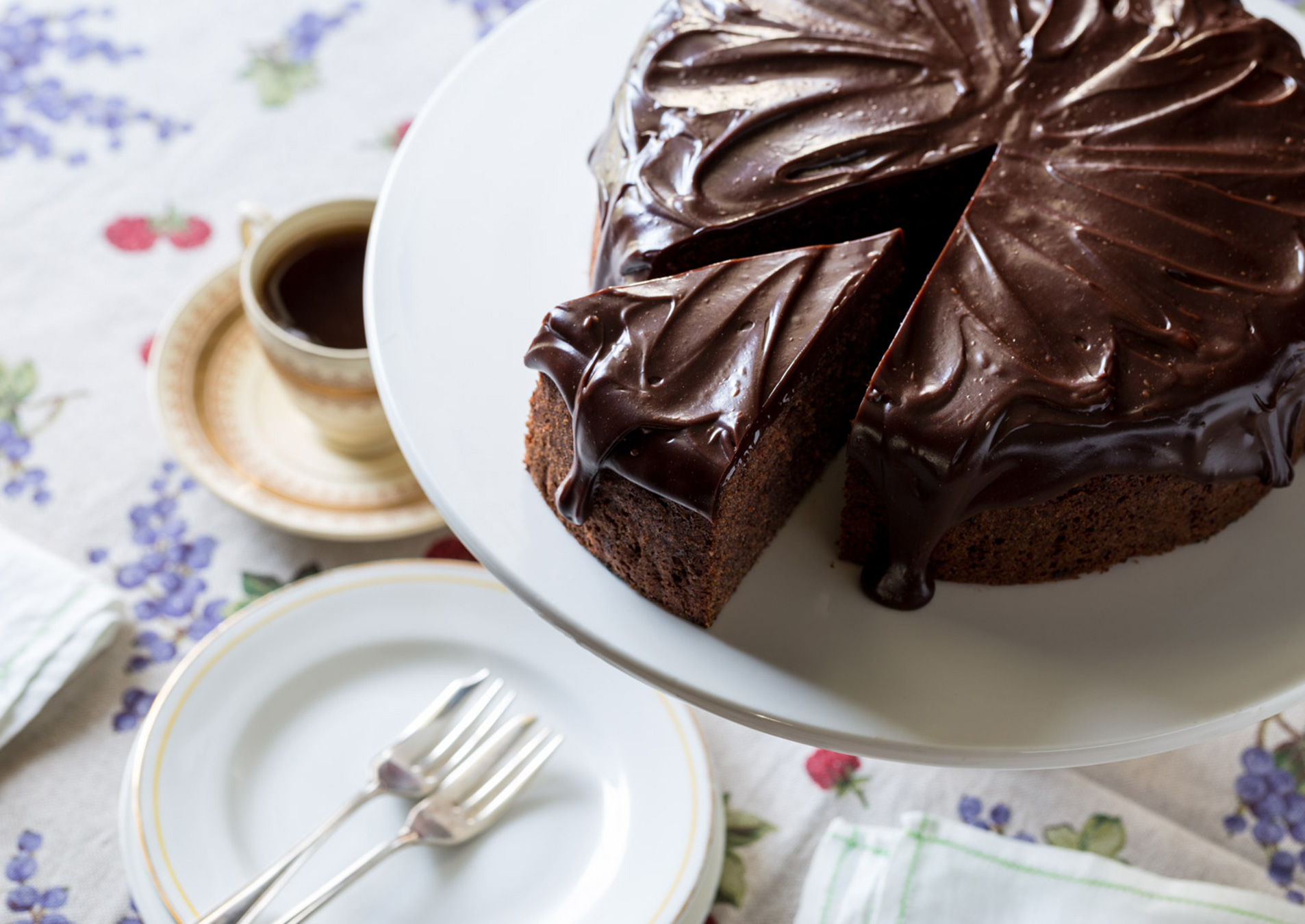
https://westgold.com/
Article content
"There some wonderful spring ingredients you can use to bring colour and delight to your dishes."
Spring has been slowly unravelling itself; with longer warmer days; blossoms give the air a soft fragrance and our gardens come to life again. Spring is all about produce, from leafy greens and tangy stone fruits to deeper root vegetables, we are spoilt for choice.
The beautiful spring colours don’t have to be kept in your garden, there some wonderful spring ingredients you can use to bring colour and delight to your dishes. Here’s our top 3 recipes to make the most of this spring.
Asparagus
Love them or hate them, asparagus are synonymous with spring. Lightly charred on the BBQ, gently steamed as a delicate side dish or freshly snapped in salads, there are so many ways to enjoy them.
Here’s some tips to get the best from your asparagus:
- They are best used as soon as you have picked or bought them. Once they are cut they lose their freshness quickly so to keep them fresh for longer you can store them in a cup or small jug with water in the fridge, but be sure to trim the ends first if you’ve bought them from the supermarket. This can keep your asparagus fresh for up to 3 days
- Asparagus come in a variety of sizes and can have a different flavour depending on their thickness. Thinner spears tend to be slightly sweet and they will cook faster. Thicker ones have a stronger asparagus flavour and are better suited to barbequing and keep the thicker ends closer to the flame/heat.
- To prepare your asparagus: Instead of cutting them with a knife, snapping them with your hands is the best way to ensure you keep only the freshest part of the spear. Holding an end in each hand, one at a time, bend the end (base) until it naturally snaps off.
Beetroot
While you can easily use tinned/packed beetroot if time is not on your side, it is one of the easiest vegetables to cook –easy to roast or boil it just takes a bit of time.
- The vibrant magenta colour of beetroot is a great way to add a burst of colour to your dishes naturally. High in fibre and helps add a natural earthy taste to sweet dishes and add a beautiful maroon-red colour.
- Try to avoid peeling beetroot, cutting the base or cutting the stalks closer than 5cm. Doing these will cause the beetroot to bleed and lose their flavour.
- Instead, lightly wipe or brush the beetroot in cold or lukewarm water, making sure you don’t tear the skin.
- Keeping the skin on while cooking helps keep the nutrients & colour intact.
- After cooking, the skin will easily rub off if you hold them under cold running water.
- Choose beetroot that are even in size to ensure even and uniform cooking.
- If you are buying fresh beetroot, try to buy with the leaves still intact as they are high in vitamin A and are a great addition to a salad.
- If you want to grow your own, the best time to plant is from August.
- Cooking options:
- Boil in a pot of water, after bringing to the boil, reduce the heat and simmer until tender, around 20-30 minutes. Adding 1 tablespoon of vinegar to the water will help reduce the odour and retain the colour of the beetroot.
- Alternatively, you can steam beetroot or bake them in the oven for 2-3 hours at 150 degrees.
- Baking instead of boiling or steaming will give the best flavour.
Courgette (or zucchini)
If you are lucky enough to grow your own, try picking them early and give baby courgettes a try – this is when their flavour is at its best.
- Courgettes do well in warmer weather and can take 1-2 months to grow so if you are wanting to grow your own, it’s best to plant from September/October. If you are planning to grow from seeds not seedlings, allow an extra 4 weeks for planting.
- If you are buying your courgettes from the store, look for a shiny, firm courgette that feels heavy when you pick it up; spongy courgettes are no longer fresh. You can store them in the fridge for up to 2-3 days.
- Never boil courgettes as they will quickly become mushy and bland. Instead, lightly grill, bbq or sauté in butter.
- We think courgettes are best enjoyed raw; cut into very thin slices or peeled into long ribbons with a vegetable peeler (or mandolin if you have one).
- Drizzled with a little bit of olive oil and salt they are great in salads or take things up a notch serve with a white wine butter sauce, trust us you will love it.
- Confused about the difference between courgette, zucchini and marrow? Zucchini is how courgette is known in US and some European countries; Marrow is a large, full grown courgette (they can grow up to 1 metre).
- What goes best with courgette? Cheese pairs wonderfully with courgette, especially parmesan, feta and ricotta. If you have some courgettes on hand and are wondering what to do with them, they add a fresh crunchy texture to pizzas topped with cheese, onion and tomato, delicious!


 Previous blog
Previous blog 


